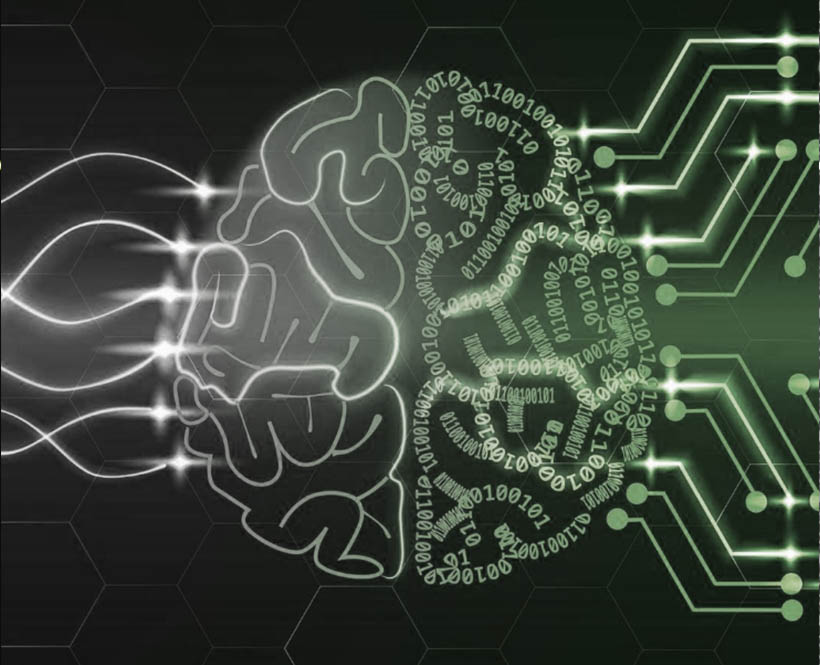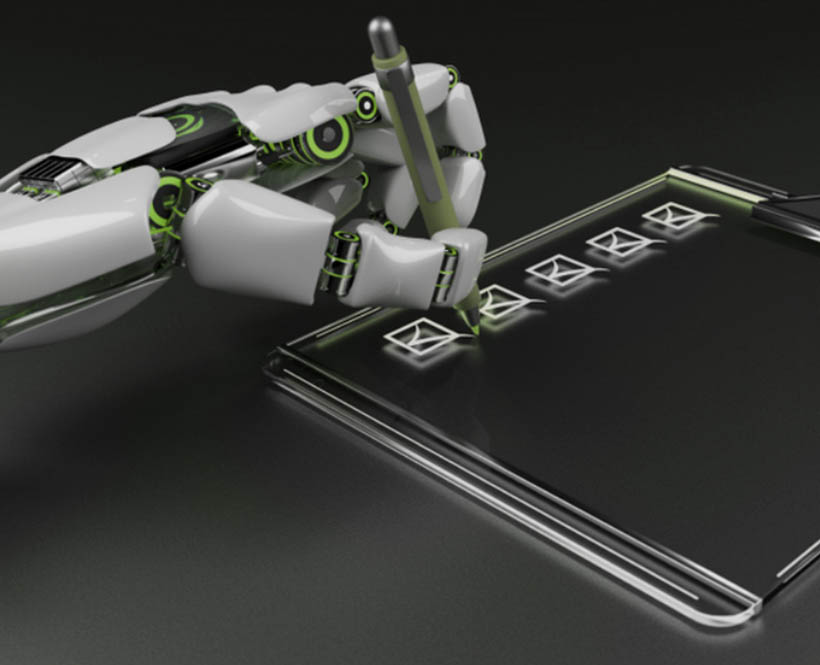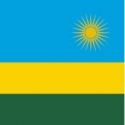Machine Translation Post Editing (MTPE) Services
Combine the power of technology and human expertise with our professional Machine Translation Post Editing (MTPE) Services in more than 185 languages.
MTPE Services – When Technology and Human Expertise Cross
Machine translation has become an essential tool in the translation and localization industry, and its demand continues to grow. The reasons for this are clear: machine translation offers speed, cost-effectiveness, and the ability to handle large volumes of content. However, the output often falls short of expectations, as it lacks the professional human touch that ensures accuracy, cultural sensitivity, and linguistic nuance.
At bayantech, we understand the importance of bridging this gap. That’s why we offer Machine Translation Post Editing (MTPE) services, where human expertise enhances the power of machine translation. Our approach combines the best of both worlds, allowing you to benefit from the efficiency of machine translation while ensuring the quality and effectiveness of your global content.


Your Ideal Choice for Machine Translated Content That Reaches, Engages, Converts
Machine Translation Post Editing is the process of editing and improving machine translated text by human translators and editors. The goal is to meet the high quality standards expected by our clients as well as their budget and timeline. This hybrid approach mixes the strengths of both machine translation (speed and cost saving) and the unmatched human touch to deliver superior results.
Today, many enterprises rely on machine translation to handle their translation needs. However, in most cases, the outcome sounds robotic and awkward. While machine translation can translate words, it fails to interpret meaning, which compromises your communication and brand voice.
At bayantech, we offer budget-friendly machine translation quality evaluation services, particularly for complex and sensitive content such as legal and pharmaceutical materials, or creative content intended for international markets, such as marketing materials. Our MTPE services ensure that your content is not only accurate but also reads naturally in your target language, conveying the intended meaning, nuance, and tone of voice.
bayantech Machine Translation Post Editing Services
bayantech offers expert MTPE services bringing the much-needed human touch to your machine translations and making essential quality improvements so that it looks and feels more human, more polished, and more resonant for your audiences around the world. Our MTPE services involve precise and thorough editing and localization practices.
As one of the pioneering translation companies to provide professional MTPE services to global and regional businesses, bayantech is committed to staying at the forefront of industry technologies. Our team has the experience, tools, and expertise to customize our MTPE services to the unique requirements of your projects, guaranteeing the best possible outcome for your specific needs.

MTPE Services for a High Impact, Low Cost Solution
With bayantech’s machine translation post-editing service, you can trust that your machine translations will be transformed into a polished and culturally relevant message that captivates your target locale. Our skilled linguists meticulously refine the output, ensuring linguistic accuracy, clarity, coherence, and fluency. We maintain consistency in terminology, style, and tone throughout your content while enhancing its readability and effectiveness.
What’s more, we adapt your content to the cultural nuances and context of your target market, ensuring that your message resonates and aligns with your brand voice and the preferences of your foreign speaking audiences. Now, with bayantech, you can transform your awkward-sounding content into natural-sounding, impactful communication – without the high cost.
- Linguistic accuracy
- Clarity
- Coherence
- Fluency
- Consistency
- Readability
- Efficiency
- Effectiveness
- Cultural and Contextual Relevancy
- Appropriacy of Style and Tone of Voice
The power of human touch is the perfect complement to your machine-translated content.

bayantech Teams and Tools: Driving Excellence
bayantech has developed a world-class team of professional translators and editors who are fully trained in the specific skills required to perform a meticulous MTPE process. Our team consists of native-speaking subject-matter experts with a sharp sense of cultural understanding and fluency.
With the right translation tools in place, our post-editors draw on their experience to handle complex MTPE projects efficiently, delivering high-quality results within tight deadlines. To maximize the efficiency and consistency of our post-editing process, we also integrate advanced translation tools such as translation memory systems, CAT tools, and glossaries.
Our MT Post Editing Process
Our language professionals follow a structured workflow, ensuring that every project receives the attention to detail it deserves. First, we carefully read and examine the source content to gain a deep understanding of the message and context. Then, our team compares the machine translation output to the source text, identifying areas that require improvement.
After examining the raw MT output quality, we determine the most suitable approach: light post-editing (LPE) or full post-editing (FPE).
- LPE involves making minimal changes to improve readability and comprehensibility without extensive stylistic improvements.
- FPE requires more comprehensive changes to enhance fluency, style, formatting, consistency, and relevance, ensuring the content matches the quality of human translation.
Finally, we conduct rigorous Quality Assurance (QA) checks to guarantee that the final product is free of any spelling mistakes, formatting errors, or culturally insensitive content.
What Makes bayantech Different?

Professional Services

+15 Years of Experience

Flexible Turnarounds Timely Delivery

Certified Quality Assurance

24/7
Support

100% Quality Guarantee

Affordable
Rates

Complete
Security

Customer Satisfaction

Technological Advantage


Professional Translation Services for All Industries
bayantech offers innovative translation and localization services across a range of industries.
Languages we translate into
We help you expand your business with our professional language translation service,
supporting the most challenging languages.
Languages we translate into
We help you expand your business with our professional language translation service,
supporting the most challenging languages.









Our Achievements Languages



Need Instant Help
we are here for you
Ready to Start?
we will quickly back to you
- Lets Keep in Touch
industry news and statistics



















